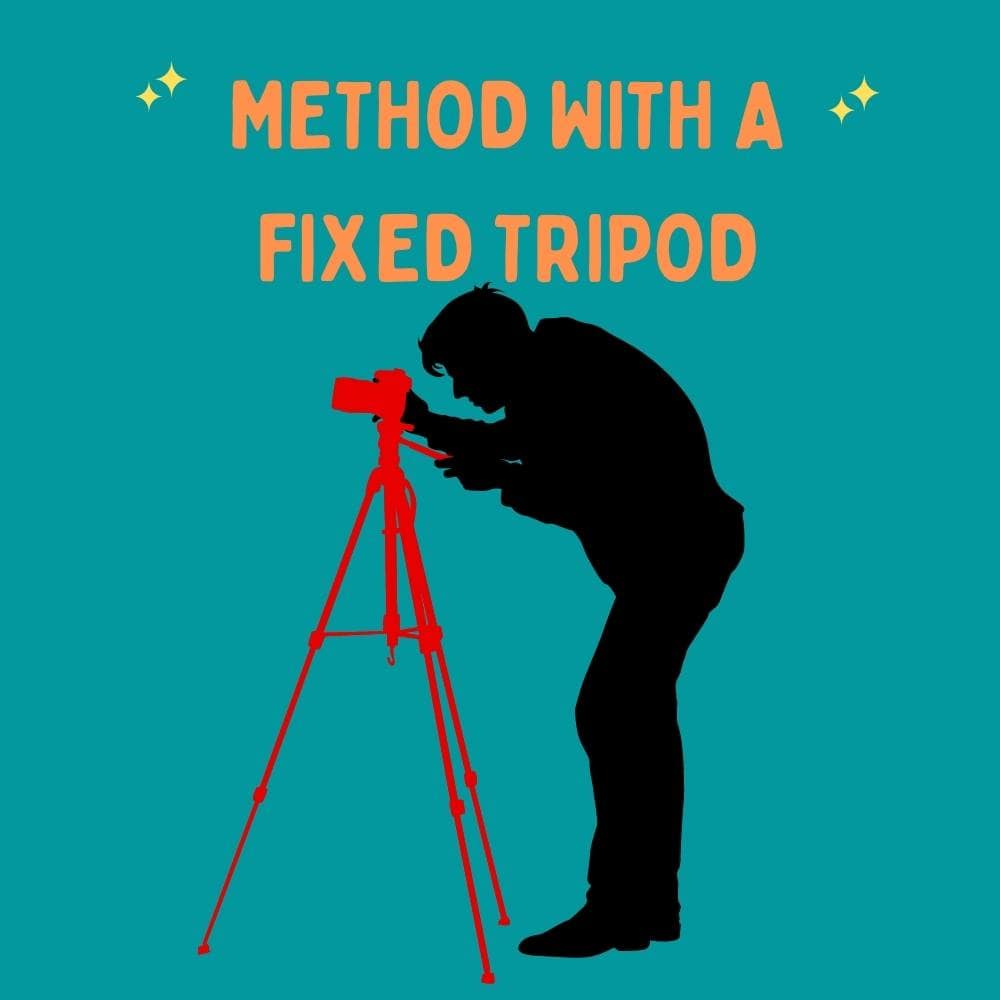When it comes to capturing images, the fixed tripod method is the most fundamental method. No telescope is required; all that is needed is a camera pointed at the sky and a photo of the resultant image. However, because starlight is so dim, the film must be exposed to it for an extended period of time before it begins to show signs of life. The following items will be required:
Camera (ideally a manual SLR) with a “B” or “Bulb” mode, which allows you to keep the shutter open.
A cable release with a locking mechanism enables you to leave the camera’s shutter open.
Tripod is convenient, but you may use any flat surface to place your camera if you don’t have one.
Because of the requirement for lengthy exposures, a manual camera is strongly recommended for this task. Because most current film SLR cameras rely on an electrical signal to keep the shutter open, batteries deplete quite rapidly while shooting long exposures with extended exposure times.
When using a digital camera, you can get the effect provided the camera allows you to regulate the exposure manually and the ISO level (the higher, the finer). However, the exposure time is often restricted to 30 seconds or less (since heat created by the CCD causes difficulties adding ‘noise’ into the image for exposures longer than this), so you won’t be able to capture a star trail.’
To be clear, this does not rule out the possibility of taking excellent fixed-tripod shots with a digital camera.
For the film to be exposed for a lengthy period of time, the Earth will have rotated a large amount during that period. As a result, the stars appear to have moved. Which results in a trail on the film (see picture below).
When you wish to photograph the sky as you see it, this is an issue. And you may need to use some sort of tracking gear. However, for those of us who are just starting, a fixed camera might produce some satisfying results.
This fixed camera method can generate one of two effects depending on how it is set up. First and foremost, if you keep the exposure time short enough, you may get images of constellations that are more or less true to life, with stars appearing as pinpoints of light rather than trails. Alternatively, if you leave it for an extremely extended time, you can obtain some pleasing star trails:
Contents
THERE ARE NO TRAILS
Depending on the lens’s focal length (zoom) and the declination of the star, the amount of time it takes for a trail to appear on the film to form is different. The closer it gets to the pole, the shorter the path it creates on the ground.
The longer the trail on the film will be, the higher the focal length (i.e., the greater the zoom). According to the mathematically inclined, the length l of the trail on a 7-inch x 5-inch print made from exposure of duration t seconds on a focal length (in millimeters) f mm of a star of declination will be as follows:
But for those of you who are not mathematically inclined, I have discovered that a typical 50mm lens may be used to capture images with exposures lasting up to around 30 seconds without producing any trails.
This is sufficient exposure time for most films to capture brilliant stars in a constellation (as in the photograph above, which was photographed for 30′′ at around 35mm on ISO 400 film). When using telephoto lenses with large focal lengths, this is decreased to approximately 2 seconds before trailing occurs.
It’s important to keep short focal lengths and wide angles wherever possible. You must allow the film to absorb as much light as possible during that time because your exposure is restricted by trailing. Set the aperture as wide as possible and use a film as quick as possible to capture the action (very light sensitive). The exposure shown above was achieved using 400-speed film; however, a 1000 or 1600 speed film, albeit grainier, would collect far more light, resulting in brighter stars appearing on film.
WITH TRAILS
Trailing is not always an issue, and star trails may provide for some stunning photographs when photographing them. The Earth rotates at a pace of 360 degrees every day, or 15 degrees per hour.
This appears to be the rate at which the film’s stars are falling behind. If you wish to capture star trails, the longer the exposure time, the better the results will be around an hour will produce excellent results, and if you can achieve longer, the better. On the other hand, light pollution continues to pose a threat to exposure levels. These two photographs were shot for around 30-40 minutes, one in my home and the other at my grandmother’s home in the country:
So if you live in a city, keep your exposure to a minimum. And if you have the opportunity to travel to the countryside, bring your camera. Unfortunately, there isn’t much else you can do to change the situation.
To capture a star trail, you must first determine where your camera will be pointed. It is beneficial to have some understanding of how the stars move. It is possible to achieve two primary effects by looking East, West, or away from the celestial pole: and the stars move somewhat parallel to each other, and the effect is almost like rain by facing East, West, or away from the celestial pole Pointing it at the celestial pole results in concentric circles around the pole generated (Polaris in the Northern Hemisphere).
You will need a cable release for whatever you intend to accomplish to avoid having to keep your finger on the shutter release button, which would cause awful vibrations in the camera (not to mention being dull). Once again, a tripod is beneficial since it allows you to effortlessly point the camera at any region of the sky while still resting it on anything.
Continually explore with different compositions- trails generally appear best when a ground object is in the foreground of the photo, emphasizing the concept that the stars are moving, not the camera- keep exploring!


